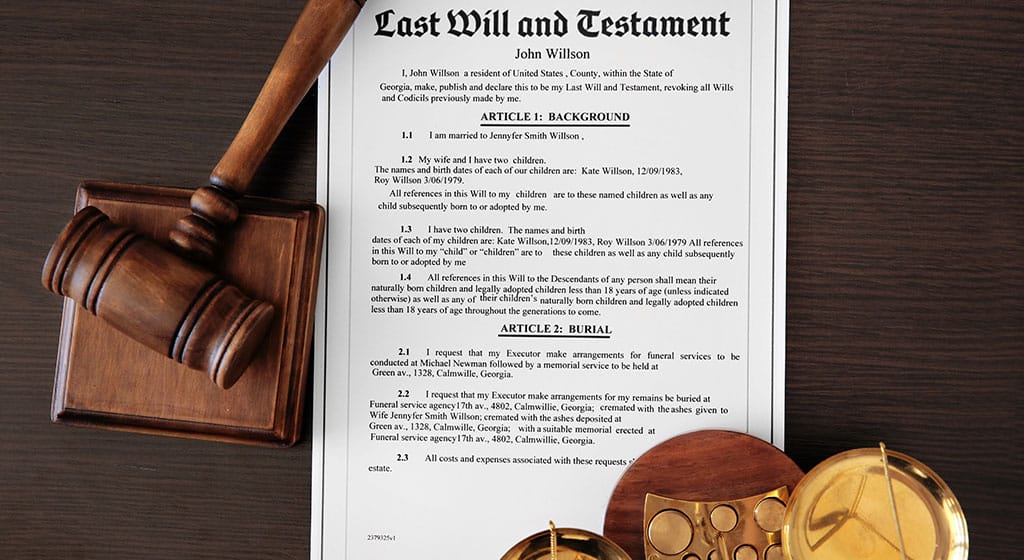Have you ever heard the term “letter of testamentary” and found yourself scratching your head? Well, no more! Today, we’re going to dive right into what a letter of testamentary means and how to get one. Buckle up, because we’re about to make probate a whole lot less scary!
What is a Letter of Testamentary Anyway?
Great question! A letter of testamentary, sometimes known as “letters testamentary,” is a legal document issued by a probate court. This letter gives the executor (the person named in a will to manage the deceased’s estate) the official thumbs-up to perform their duties.
Having a letter of testamentary is like holding a golden ticket. It allows the executor to gather the deceased’s assets, pay any debts, and eventually distribute the remaining property as the will instructs. It’s pretty important, wouldn’t you agree?
The Path to Getting Your Letter of Testamentary
Now, let’s explore how to get your hands on this golden ticket – the letter of testamentary.
- Filing a Petition: It all begins with a visit to your local probate court. There, you’ll file a petition for probate and request to be appointed as the executor if you’ve been named as such in the will.
- Providing Necessary Documentation: Next, you’ll need to bring along the original will (if there is one) and the death certificate of the deceased. The court will need to verify these documents.
- Waiting for Approval: After filing your petition, there’s a waiting period. The court takes some time to verify the will and check if there are any contestations to it. You might feel like you’re on the edge of your seat, but don’t worry, it’s just part of the process!
- Receiving Your Letter of Testamentary: Once everything checks out and the court approves your petition, voila! You’ll receive your letter of testamentary. This document gives you the authority to act as the executor of the estate.
A Few More Tips on the Letter of Testamentary Process
Are you still with me? Wonderful! We’ve covered the basics, but there are a few more pearls of wisdom I’d like to share with you.
What if There’s No Will?
Let’s address the elephant in the room: What happens if there isn’t a will? Well, don’t fret! If the deceased did not leave a will, the process is slightly different, but not too much. The probate court will issue a document called “letters of administration” instead. The procedure for getting these letters is much like the one for obtaining a letter of testamentary.
Be Prepared for Possible Delays
Though we’ve outlined a smooth process above, be prepared for possible delays. These can happen for a variety of reasons, like objections to the will or issues in determining the estate’s assets. Keep your patience hat on, and remember that every step you take is progress!
You Don’t Have to Go it Alone
Finally, while you can handle many of the tasks related to getting a letter of testamentary on your own, you don’t have to. It’s perfectly okay (and sometimes advisable!) to seek the guidance of an attorney, particularly if the estate is large or the will is contested So there you have it! The mystery of the letter of testamentary is solved. It might seem a bit daunting, but remember, with the right preparation and understanding, you can navigate the probate process like a pro.
